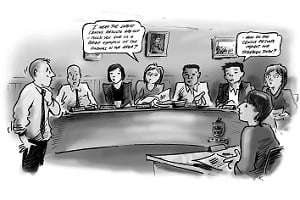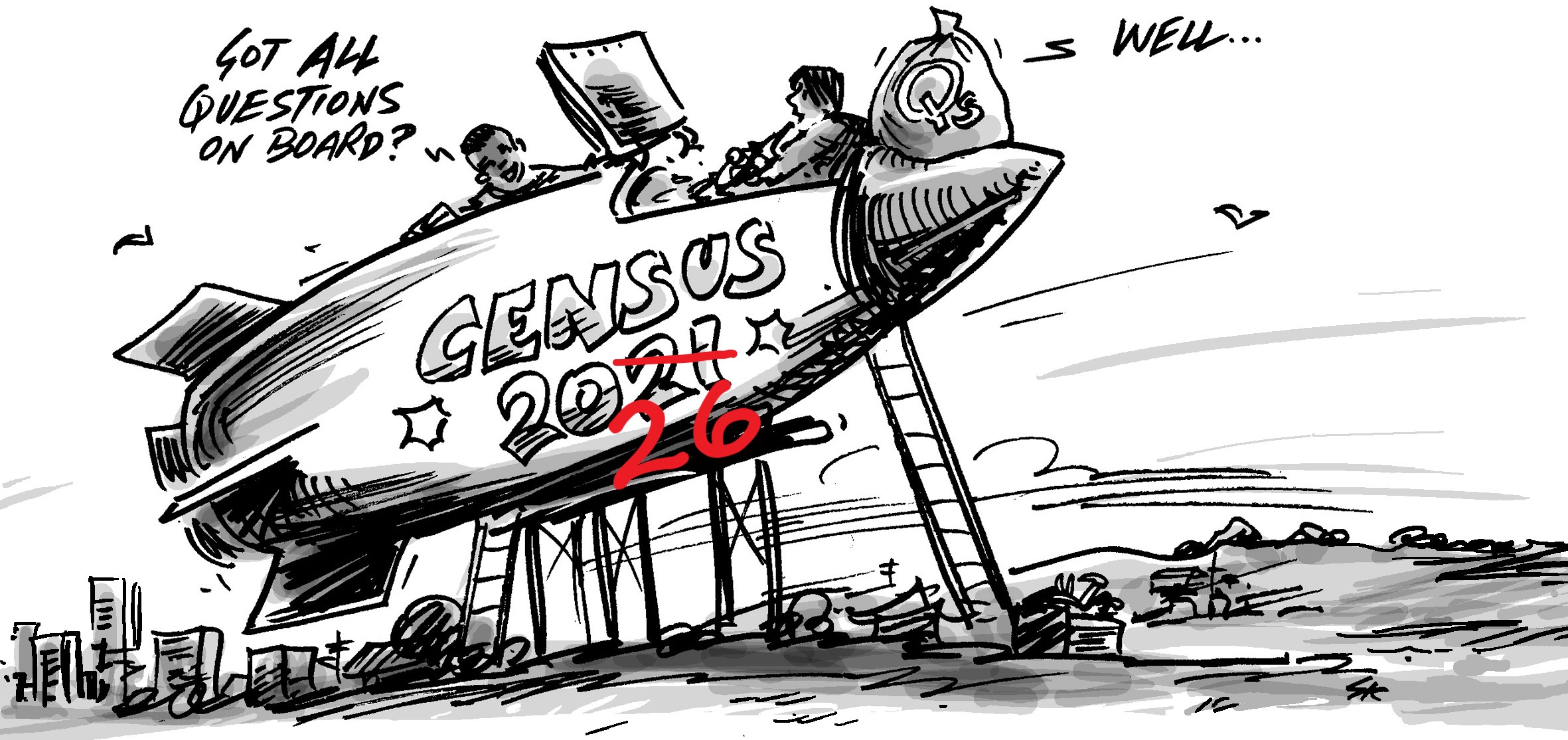Under the cover of Melbourne Cup Day, Tuesday 6th November, the Australian Bureau of Statistics quietly released its proposals for the 2016 Census count. With the release of 2011 Census still fresh in everyone’s mind, now is the chance to have your say about what the 2016 Census will look like. There are some pretty radical changes in here, particularly to collection. The detailed document is available on the ABS Website, and you can also see what Fairfax has written here. The key points and our response are below. For more info, read on!

New topics
The ABS has moved away from the idea of having different Census forms for different segments of the population, but we note that this is still under consideration for 2021. There are some exciting new topics proposed for 2016.
- Journey to education and method of travel to education – to see the travel patterns for the second largest trip generator – educational institutions. We would be able to see where individuals live relative to their place of education, and how they get there. Do all the kids get driven to school? What proportion walk and how far? What about riding bikes to school, and do most uni students take the bus or drive?
- Second dwellings – Questions about alternate residences can shed light on the owners of holiday homes, second “city-pads”, fly-in/fly-out workers, and shared parenting arrangements. A wealth of information could be gleaned from this topic.
- Sources of income – Currently asked in the New Zealand Census, this would be a great addition to the Aussie Census, allowing us to differentiate aged and disability pensioners, wage and salary earners, business owners and self-funded retirees. The identification of pensioners in particular, is one of the questions I am most often asked at staff training.
- Long term health conditions – The second most common question I’m asked is about health information so this would be a welcome addition too. It may however come at the expense of the need for assistance question which is under review.
There are always issues with the way these topics are collected, and how the questions are asked, but in general we’re pretty positive about the inclusion of these worthwhile topics on the Census form.
Members of the public can suggest additional new topics as well – they don’t have to be on the ABS suggested list.
Reviewed and potentially discarded topics
The ABS is suggesting dropping four topics from the 2016 Census, to make way for the new topics.
Three of them are probably of little concern, but the one which I know our council clients use a lot is number of motor vehicles – I know this is used extensively for transport and parking planning and I suspect there will be many people who wouldn’t want its exclusion. The ABS say that some of this info is available from the Motor Vehicle Census, but this has issues of its own, including not being available at Census geographic levels, and fleet cars being coded to the head office postcodes etc. We really need to know how many cars are actually used by residents.
The ABS is also reviewing a number of topics for potential exclusion, or reduction in the frequency.
One of these is Ancestry (just after we have included it in profile.id for the first time!) Others are the need for assistance question, unpaid work and internet use. The ABS is not necessarily proposing to drop these, but possibly to change the way they are asked, or the frequency (every 2nd Census perhaps?) We’ve certainly commented before about the broad nature of the volunteering and need for assistance topics, and how difficult it is to get meaningful info out of them, so we welcome a review to see if they can be refined for better output.
Of course any changes to questions have the problem of concording with older Censuses for time series, but we do a lot of work to make sure we only provide time series for what is comparable.
Collection
The most radical change is that alluded to by Brian Pink in June, which we commented on here. The census will move to a predominantly online collection model in 2016. They have moved away from being entirely online, which was originally suggested. This has been pushed back to 2021. For 2016 the proposal is that the majority of areas (we assume most major metropolitan areas and large towns, but it’s not specified) where the Geocoded National Address File (GNAF) is considered of good enough quality, will have an e-code mailed to them to complete their Census online, and paper forms will only be posted on request. Information provided by householders would be used to improve the GNAF, and census collectors would only be used to follow up on addresses which hadn’t returned a form.
Areas where the GNAF is not considered good enough will continue to be done by drop-off pick-up.
Issues with the new collection methodology
We have some issues with this new methodology:
- How do you get forms back from dwellings without an official address? Eg. improvised dwellings (shacks and sheds), granny flats etc. Currently collectors ask whether there are other dwellings on the property, will these be forgotten?
- Who will record one of the key Census outputs, structure of dwelling? Currently it’s recorded by the collector.
- There is likely to be a higher rate of refusal and non-response. It’s a lot easier for householders to ignore something sent in the mail (how many will go straight in the bin as junk mail?) than to ignore someone standing on their doorstep.
- Collectors only following up after forms haven’t been returned will make things more difficult and there will be a lot more follow up than before.
- There will be a need for really strong strategies for the non-English speaking background population to back this up, particularly new emerging communities. It’s difficult enough to communicate the goals of Census when you’ve got collectors there, but removing the personal touch will mean there needs to be a far more comprehensive engagement strategy.
- We know from our forecasting work that GNAF is not the best in many areas, including major metro areas, with plenty of non-deliverable address points in the mix, and some dwellings that don’t have an address point. The current model of making a collector responsible for the enumeration of an entire area is a good one, and we hope that this will remain, just perhaps with larger districts given there isn’t the need to deliver on foot to every household.
- If the ABS can sort through all these issues, however, this methodology does have the chance of streamlining the process and getting the data processed more quickly.
Your Say – Our Say
Though releasing the paper on Cup Day doesn’t exactly make a big fanfare of it, the ABS is certainly giving everyone the opportunity to have input.
There are a series of Census 2016 information sessions planned across the country over the next month or so, and if you can get along to one, we recommend it. Several .id staff will be going to the Melbourne one on the 26th of November, so we might see you there! The sessions are open to anyone but you do need to RSVP. If you can’t make it and would like us to raise a particular issue, please put a comment on the blog or email us.
You can also make a submission as an individual or organisation. It needs to be pretty thoroughly researched but again, it’s open to everyone. We do encourage you to make a submission if you have a particular topic that you think needs to be included or you have feedback on any of the changes for 2016. We will certainly be making a submission at .id, on behalf of our council clients, so again, please send your feedback through to us if you like.
Submissions close on the 31st of May 2013, so there is plenty of time.
The Census provides a wealth of information which is used to inform decision making at all levels of government, the private sector and individuals. Now is our chance to have a say on what is included and how it’s conducted!
Access more information about the Australian Census 2011.
Access the new profile.id sites and other population statistics for Australia, States, Capital Cities, Local Government Areas and suburbs at .id’s demographic resource centre.












